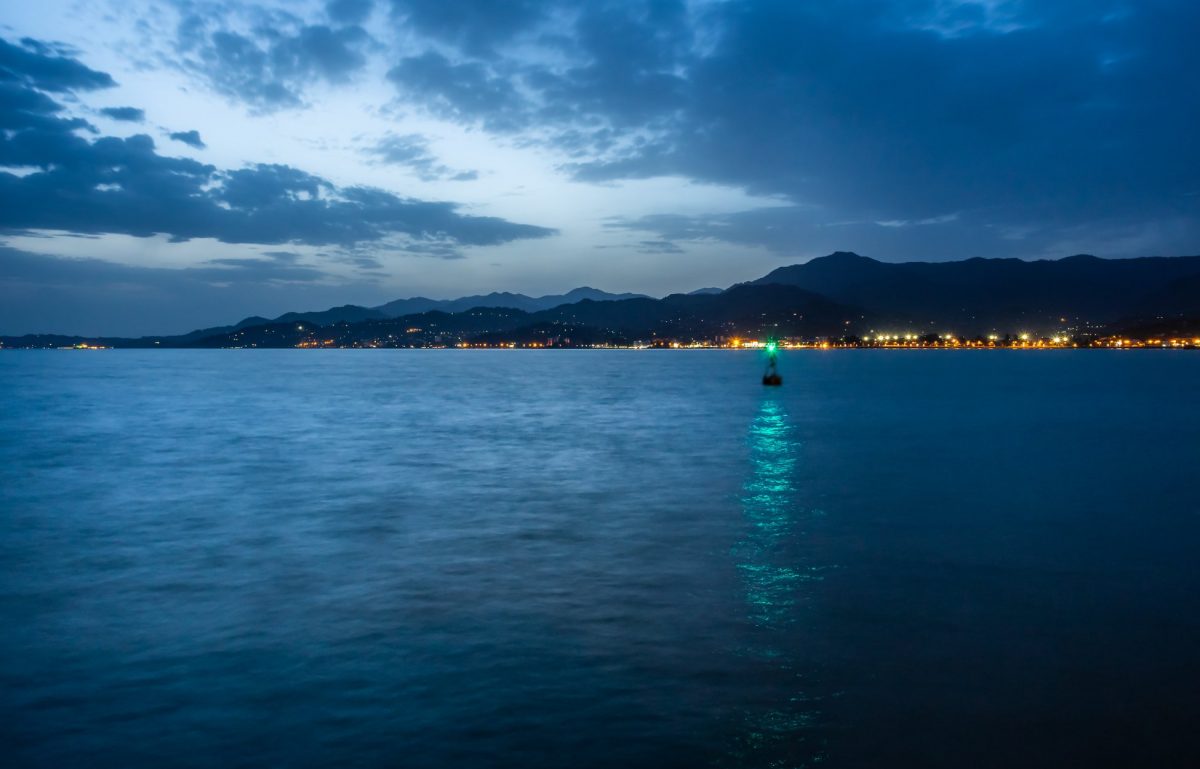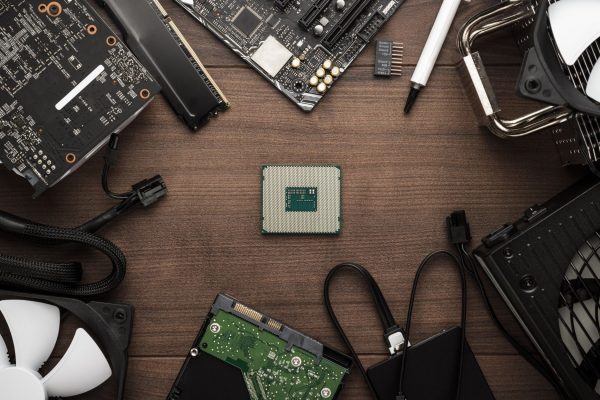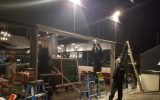Operating safely at night is a priority for the maritime industry. From coastal navigation to deep-sea operations, the industry depends on various strategies and technologies to ensure smooth and secure operations after sunset. Here’s what goes into making nighttime work safe for maritime industry professionals.
Advanced Lighting Systems Illuminate the Way
Ships rely heavily on advanced lighting systems for nighttime operations. These systems provide adequate illumination for activities on deck and ensure visibility in dark waters.
Specialized equipment like LED floodlights minimizes energy consumption while enhancing brightness. Bright, energy-efficient lighting reduces risks, and crews rely on these systems to maintain clarity and focus at night.
Lighthouses and navigational beacons play a critical role in maintaining safe routes. These structures warn seafarers of coastal dangers like rocks and shallows. Together, onboard lighting and external beacons strengthen navigation and operational safety.
Radar and GPS Maintain Precise Navigation
Navigation tools are essential for nighttime maritime activity. GPS technology helps ships pinpoint their locations accurately and reduces the likelihood of veering off course. Modern vessels use radar systems to monitor obstacles, nearby vessels, and coastal structures.
These tools allow the maritime industry to safely operate at night, even in poor visibility conditions. Additionally, radar and GPS are vital under challenging weather conditions where sight alone is unreliable. With these technologies, crews consistently avoid collisions and stay on track.
Communication Systems Keep Teams Connected
Strong communication systems are a central feature of safe nighttime marine operations. Vessels use radio and advanced communication networks to stay in touch with other ships and port authorities. Instant communication ensures clear instructions and immediate responses in emergencies.
Crews also rely on portable communication devices to coordinate tasks on board. This connectivity guarantees rapid responses to unforeseen challenges, no matter the time of day or night. By prioritizing communication, maritime teams maintain synchronized operations.
Thermal and Night Vision Technology Improve Visibility
Better visibility means safer operations at night, and thermal imaging and night vision technologies are key players in this space. These tools enable crews to see beyond what typical lighting or human vision allows. The clarity they provide can be life-saving in detecting vessels, objects, or even individuals in challenging conditions.
The maritime field is just one of many industries that have adopted night vision technology to enhance visibility in darkness. It reinforces the commitment to ensuring the safety of those at sea when natural light is unavailable.
Flame-Resistant Clothing Protects Workers
For oil and gas professionals in the maritime sector, safety extends beyond navigation and visibility—it includes personal protection. It’s one of the industries that must use flame-resistant clothing for these roles, as it reduces risks during hazardous tasks. These garments safeguard workers from intense heat and dangerous fires.
By combining protective technology and proper gear, the industry prioritizes worker safety during nighttime operations. Alongside technological advancements, these measures create safer working conditions.
Behind the Nighttime Horizon
Safe nighttime operations in the maritime industry stem from a combination of technology, communication, and careful preparation. Advanced tools, flame-resistant clothing, and constant vigilance allow professionals to work confidently and securely at night. By implementing proactive measures, the industry ensures night continues to be as safe as day for those on the water.













